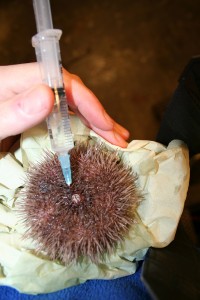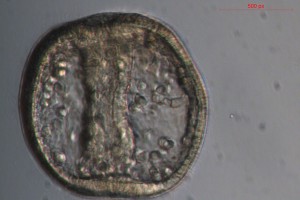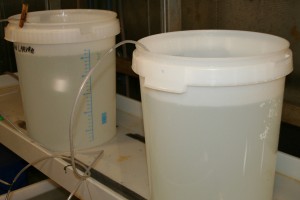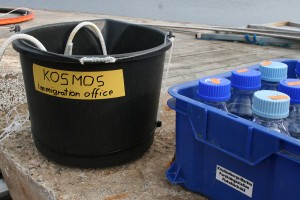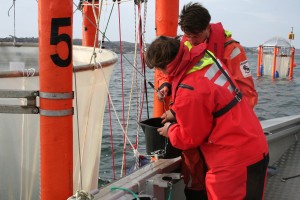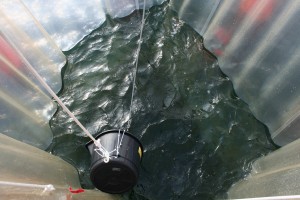Daddy?
– Yes
– How do you make babies?
– (…)
– Daddy?
– Well, first you need sodium chloride solution in filtered sea water…
– I am gonna ask mummy.
If you are a parent, you are doomed to answer questions about life, the universe and everything. Being a marine biologist may help you to make things easier, though. My kids, for instance, know everything about the kinky sex life of sea urchins. What about you?
So how do you make (sea urchin) babies?
Sea urchins are broadcast spawners. It means that males and females produce an enormous amount of eggs and sperm that they release in the water. Most of these eggs will die within a few days but producing millions of them, urchins ensures that some of them will lead to a small juveniles and then later another adult.
In nature, eggs and sperms are released when a chemical cue from the plankton reach the adults. In the lab, we help them with an injection of potassium chloride and a serious shake.
Females are then placed on a beaker full of water and millions of eggs are then accumulating on the bottom. Sperm is collected “dry” and kept in a tube on ice. This allows to keep the sperm in a “dormant” stage until use.
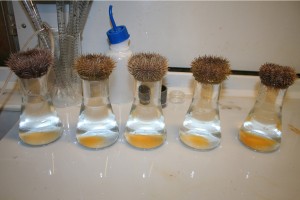
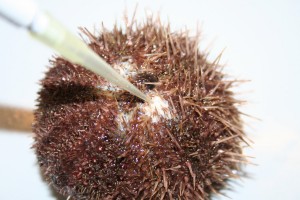
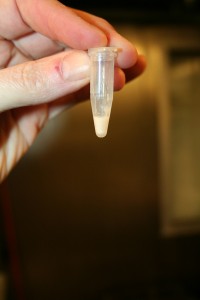
For this experiment, we mixed the eggs from 4 females and after “activation” in filtered seawater, a small amount of sperm from 3 males was then added.
Rapidly, the magic happens: the sperm swim toward the eggs and fertilization occurs.
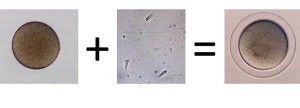
Only a few hours later, the eggs started to divide.
At this stage, the young embryos were transferred to a large volume of water and three days later, they hatched and started to swim.
This was the perfect time to add them to the mesocosms. Around 75000 larvae were concentrated in a small volume of water and included to each mesocosm. In a few days, they will reach the pluteus stage and start eating. In the laboratory, it takes 4 weeks to go from the little swimming blastula that we have added to the the baby urchin.
n the next weeks, we will then follow how they survive, how they grow, how they look like and if they settle “into the wild”. We will then compare these data with our predictions based on lab-based studies.
To be continued…
